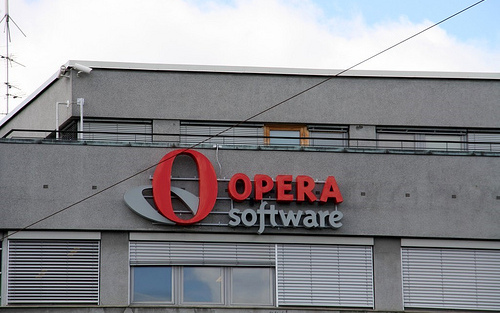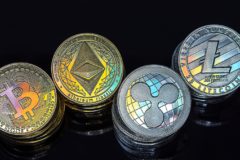At what point does hydrophobia become a good thing?
Back in 2012, I was in Asaba, interning at Delta Broadcasting Service. I was on my way back home when it started raining heavily. If you are familiar with Asaba at that time (I don’t know about now), you will know that gutters got filled up and streets got flooded quickly when it rained. I had my phone in my pocket as I stepped out of the cab. Unknown to me, the driver had parked just beside a deep pothole.
I stepped right in and fell.
My trousers got soaked with my BlackBerry in my left pocket. It was a long walk home, still under the rain. On getting home, I took out my phone out and, as you might have guessed, the thing was gone. I was able to get it fixed, but that experience left me wishing there was such a thing as a [bulletproof – strikethrough] waterproof phone. Thankfully, technology is in the process of making that possible.
The first waterproof smartphone I ever heard of was the Sony Xperia Z. Since its introduction in 2013, many other smartphone manufacturers have adopted this technology. This is a step towards making smartphones less susceptible to damage.
What is behind this waterproof technology for smartphones?
Normally, some smartphones are made to be water resistant “to an extent”. This “extent” requires you not to submerge your phone in water for extended periods. To sum it up, the phones are only splash-proof. This is a result of the use of “hydrophobic nano-coating which permeates the device to repel water and protect the electrical boards inside,” as a Motorola rep told CNN. So these nano-coats are used in and around the phone built as gaskets to cover some important parts.
Liquipel and P2i have come up with breakthrough tech that does better than just splash-proof your smartphone. The process they use to apply the nano-thin coating to your phone involves using gas, so the coating turns out invisible.
Liquipel follows the process of putting the device in a machine where a vacuum is created and super-hydrophobic particles are injected inside and outside the device. This process creates a plasma which binds the coating unto the device and a microscopic gap of air between the object and liquid. This takes 30 minutes, from start to finish.
P2i’s process reduces the surface energy of the product being coated so that when water comes on the surface, it just forms a bead and rolls off.
While Liquipel sells their technology to consumers at a rate of $60, P2i is the company behind Motorola’s hydrophobic smartphones.
So when it comes to protecting your phone and making it more durable, hydrophobia finally becomes such a good idea, doesn’t it?
Photo Credit: Rakesh Rocky via Compfight cc





















